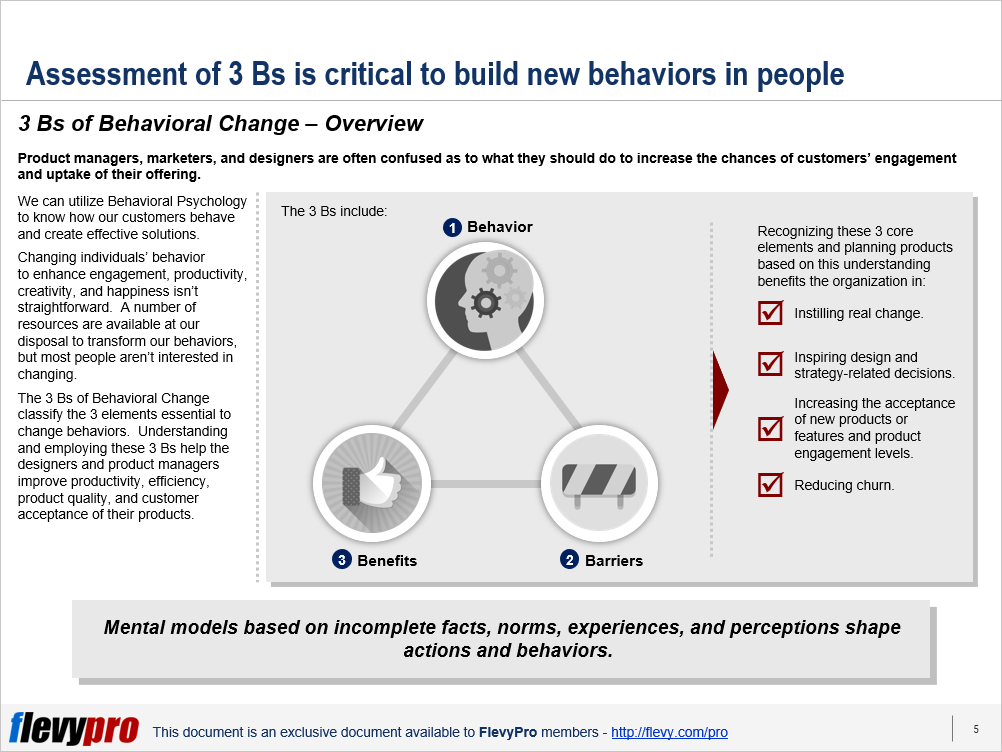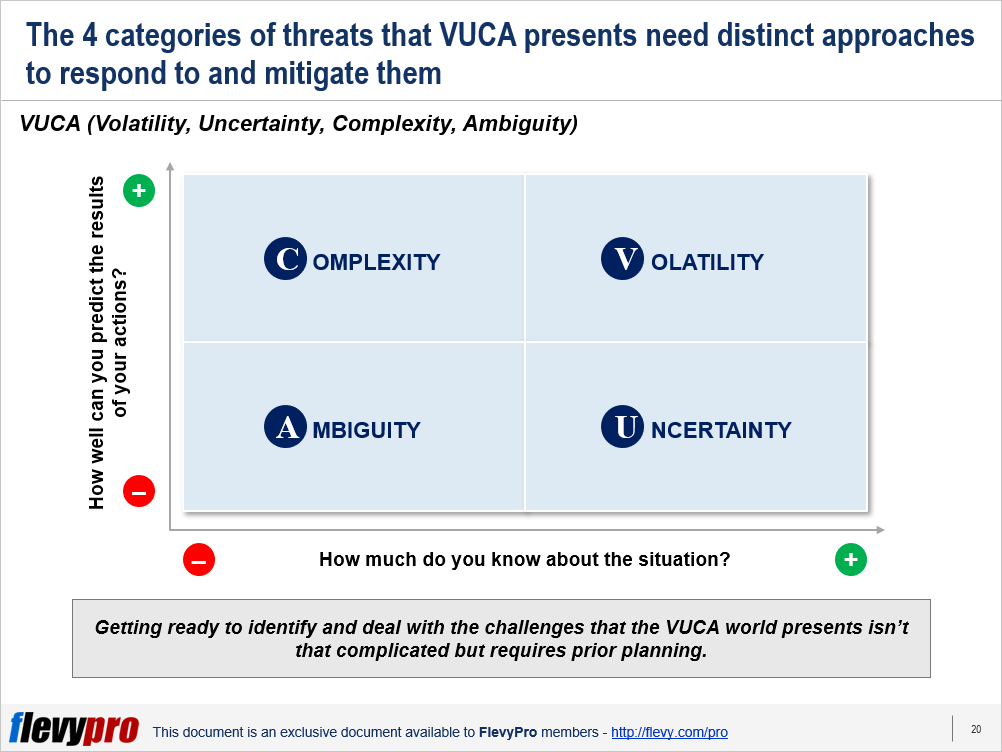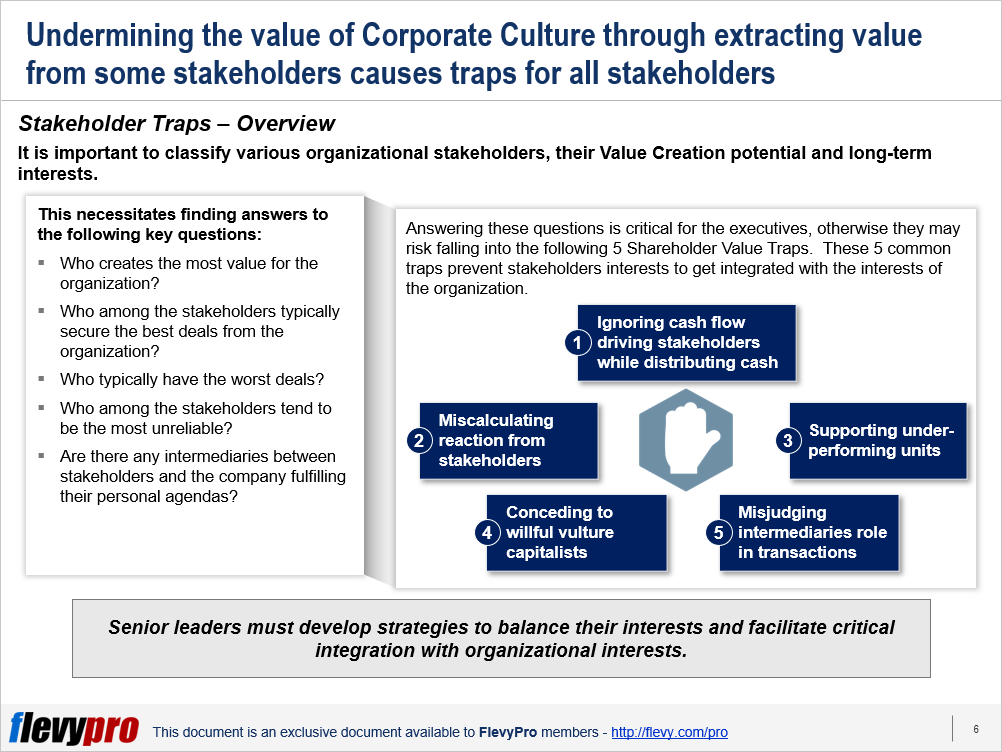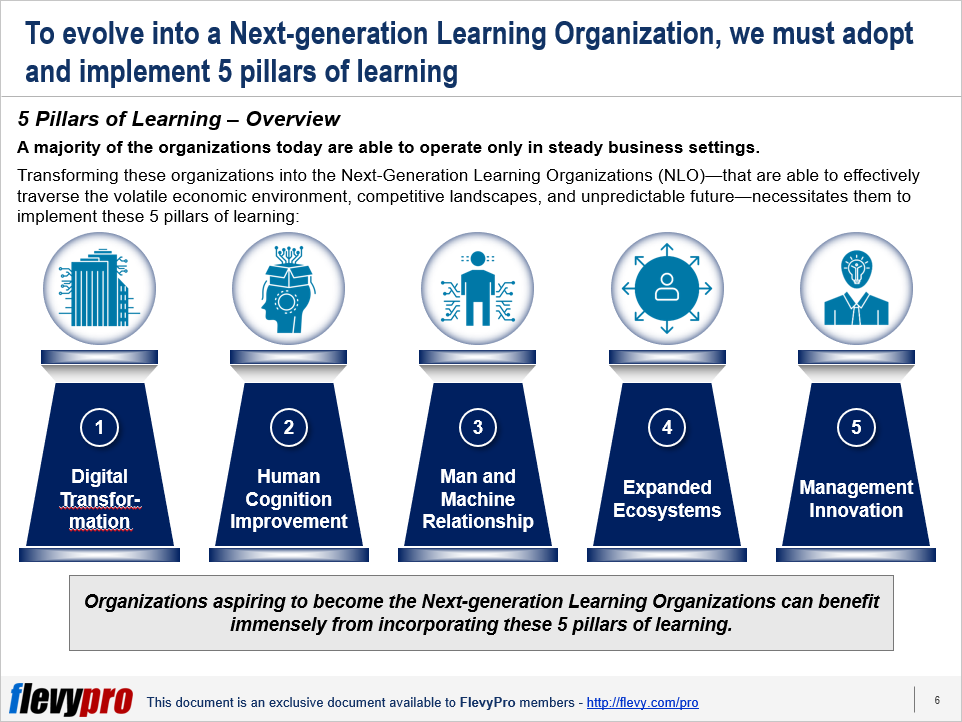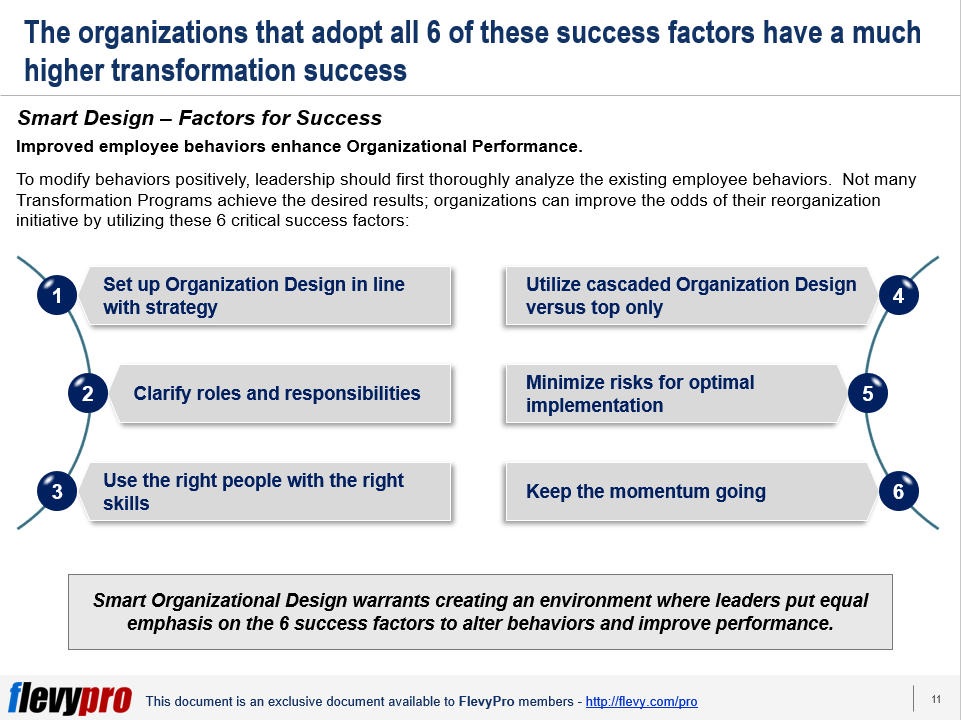Redeployment – The Most Critical Phase of Restructuring
28 Dec


Business Transformation is a given in the lifecycle of organizations. If an organization or business desires to continue growing gainfully, it has to keep Restructuring and Innovating with time. Successful Restructuring can be achieved by pursuing a robust 4-phase approach. Each incremental phase paves the way for shaping the next phase:
- Strategic Analysis
- Structural Redesign
- Redeployment
- Renewal

Redeployment is the most critical phase in the Restructuring process. It presents an opportunity to progress towards strategically directed performance goals and establish the foundation for a new Organizational Culture.
Carrying out an efficacious Redeployment, however, necessitates navigating around the pitfalls that threaten the process. These snags include:
- Lack of detailed planning on how Redeployment will be handled
“If you fail to plan, you plan to fail” is an oft repeated adage that has wisdom based on experience of many failures throughout history. The Redeployment plan should be thoroughly discussed and developed at the Redesign stage, giving out details of all aspects of Redeployment.
- Restricted access to information approach
Organizational leadership often try to avoid sharing information due the fear of losing control. During the tumultuous phase of Redeployment, leadership should be communicating with the employees quite frequently to alleviate any concerns and build their trust.
- Failure in immediate and full disclosure of information
Timely and full disclosure of information is absolutely essential for the process to run smoothly.
A robust communications system has to be put in place for dissemination of timely information predominantly in the Redeployment phase as employee apprehensions are at the highest level in this stage.
You can learn more about the pitfalls during Redeployment here in the editable PowerPoint on Redeployment after Restructuring.
Redeployment, in order to be successful, has to go through 7 steps that need careful planning and execution with precise timing. These 7 steps include:
- Continuously maintaining a robust Communications Plan.
- Developing an employee assessment system based on the newly-defined business needs and goals.
- Creating a system of reviews and appeals.
- Deploying an internal placement group.
- Launching a severance plan for those who decide to leave the organization.
- Providing training to employees at all levels for them to be able to develop competencies required to assume the responsibilities in a transformed organization.
- Planning for the renewal phase following redeployment.
Let us delve a little deeper into this second step:
2. Develop an Employee Assessment System based on the newly defined business needs and goals.
The system should assess potential employees against required competencies for the position. A matrix should be created to serve as an assessment tool to structure the selectors’ thinking. Each competency should be assigned a weight and the cumulative score should be the sum of weighted scores of each competency. Input should be based on interviews with candidates, feedback from managers and supervisors. The matrix should be used as a tool only and selection decision should not be predetermined rather based on all aspects, i.e. qualitative as well as quantitative.
The selectors should be trained to ask targeted questions to assess competencies and document them properly. Assessment should be divided into 3 sections:
- Go/No-Go section to assess the candidates’ ability to meet the minimum requirements.
- Evaluation of each candidate against the competencies mentioned for each position.
- Document modification in decision due to absenteeism, affirmative action concerns, etc.
Interested in learning more about the Redeployment Steps? You can download an editable PowerPoint on Redeployment after Restructuring here on the Flevy documents marketplace.
Do You Find Value in This Framework?
You can download in-depth presentations on this and hundreds of similar business frameworks from the FlevyPro Library. FlevyPro is trusted and utilized by 1000s of management consultants and corporate executives. Here’s what some have to say:
“My FlevyPro subscription provides me with the most popular frameworks and decks in demand in today’s market. They not only augment my existing consulting and coaching offerings and delivery, but also keep me abreast of the latest trends, inspire new products and service offerings for my practice, and educate me in a fraction of the time and money of other solutions. I strongly recommend FlevyPro to any consultant serious about success.”
– Bill Branson, Founder at Strategic Business Architects
“As a niche strategic consulting firm, Flevy and FlevyPro frameworks and documents are an on-going reference to help us structure our findings and recommendations to our clients as well as improve their clarity, strength, and visual power. For us, it is an invaluable resource to increase our impact and value.”
– David Coloma, Consulting Area Manager at Cynertia Consulting
“As a small business owner, the resource material available from FlevyPro has proven to be invaluable. The ability to search for material on demand based our project events and client requirements was great for me and proved very beneficial to my clients. Importantly, being able to easily edit and tailor the material for specific purposes helped us to make presentations, knowledge sharing, and toolkit development, which formed part of the overall program collateral. While FlevyPro contains resource material that any consultancy, project or delivery firm must have, it is an essential part of a small firm or independent consultant’s toolbox.”
– Michael Duff, Managing Director at Change Strategy (UK)
“FlevyPro has been a brilliant resource for me, as an independent growth consultant, to access a vast knowledge bank of presentations to support my work with clients. In terms of RoI, the value I received from the very first presentation I downloaded paid for my subscription many times over! The quality of the decks available allows me to punch way above my weight – it’s like having the resources of a Big 4 consultancy at your fingertips at a microscopic fraction of the overhead.”
– Roderick Cameron, Founding Partner at SGFE Ltd
“Several times a month, I browse FlevyPro for presentations relevant to the job challenge I have (I am a consultant). When the subject requires it, I explore further and buy from the Flevy Marketplace. On all occasions, I read them, analyze them. I take the most relevant and applicable ideas for my work; and, of course, all this translates to my and my clients’ benefits.”
– Omar Hernán Montes Parra, CEO at Quantum SFE


















